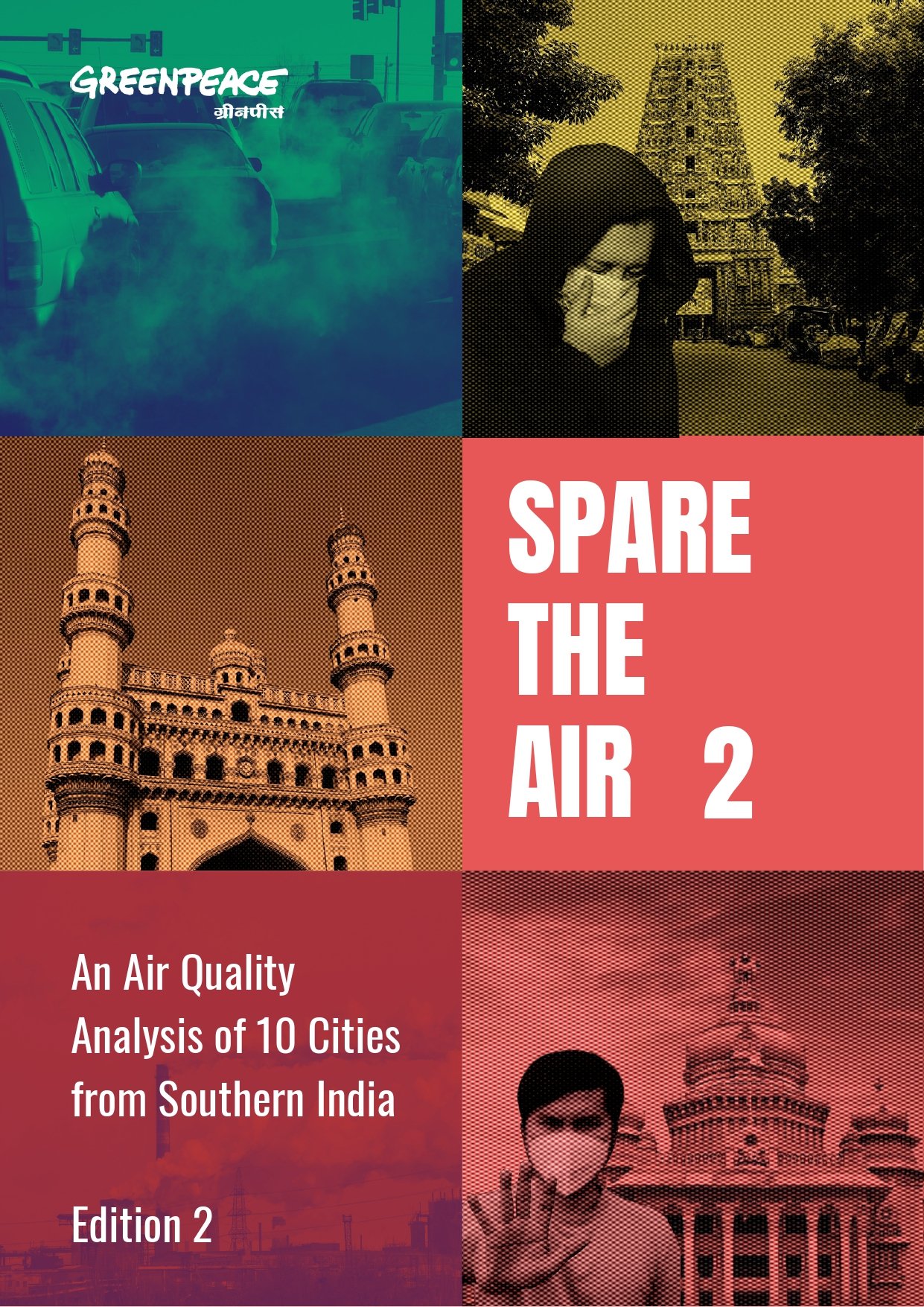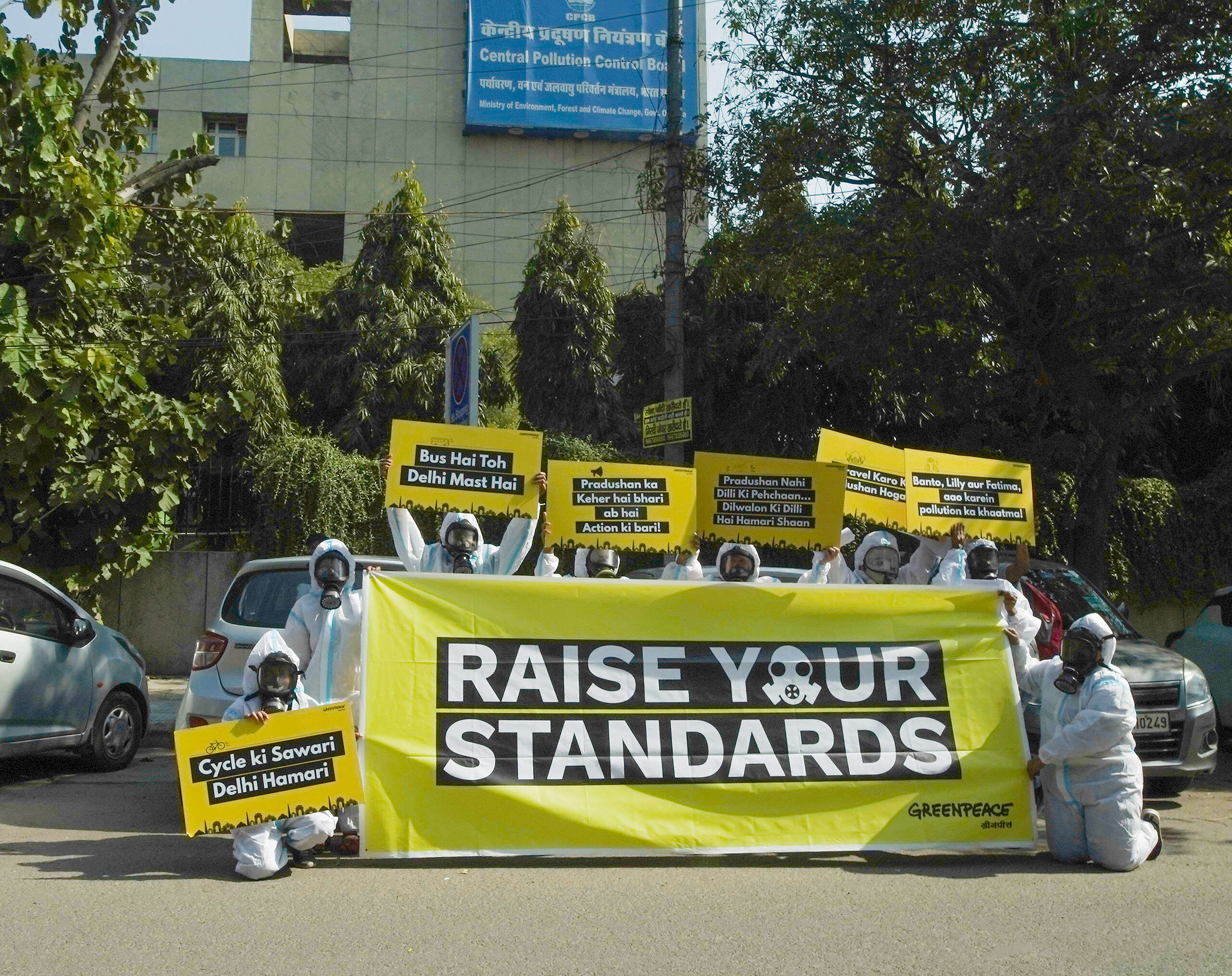New Delhi, October 8: For the first time in four years India’s sulfur dioxide (SO2) emissions recorded a significant decline of approximately 6% in 2019 compared to 2018, the steepest dip in four years, reveals an annual analysis from Greenpeace India and the Centre for Research on Energy and Clean Air (CREA). However, India continues to occupy the top emitter’s position for the fifth consecutive year. The report ranks the world’s biggest emitters of sulfur dioxide, a poisonous air pollutant that increases the risk of stroke, heart disease, lung cancer, and premature death.
In 2019, India emitted 21% of global anthropogenic (human-made) SO2 emissions, nearly double that of second-ranked global emitter, Russia. China occupies the third position. The annual report ranks the world’s biggest emitters of sulfur dioxide, a poisonous air pollutant that increases the risk of stroke, heart disease, lung cancer, and premature death.
As per the latest report, the biggest emission hotspots, are thermal power stations (or clusters of power stations) at Singrauli, Neyveli, Sipat, Mundra, Korba, Bonda, Tamnar, Talcher, Jharsuguda, Kutch, Surat, Chennai, Ramagundam, Chandrapur, Visakhapatnam and Koradi.
While credit needs to be given to India for making ambitious strides in renewable energy, contrarily concern arises from the consistent support given to coal-based energy generation. India has been faring reasonably well in its clean energy transition and has set itself one of the world’s most ambitious renewable energy targets. Renewable energy capacity has been increasing in India’s power sector, delivering more than two-thirds of the subcontinent’s new capacity additions during the FY 2019-20. However, these efforts are overshadowed by the fact that most of the power plants in India lack flue-gas desulfurization(FGD) units. The FGD units are critical in the process of reducing emissions.
“We are seeing a reduction in SO2 emissions in the top three emitter countries. In India, we’re getting a glimpse of how reduction in coal usage can impact air quality and health. In 2019, renewable energy capacity expanded, coal dependency decreased and we saw a corresponding improvement in air quality. But our air is still far from safe. We must speed up the energy transition away from coal and towards renewables, for our health and economy. While ensuring just transition of energy, with the help of decentralized renewable sources, we need to prioritize access to electricity for the poor,” says Avinash Chanchal, Climate Campaigner, Greenpeace India.
In 2015, the Ministry of Environment, Forest and Climate Change (MoEF&CC) introduced SO2 emission limits for coal power stations. But power plants missed the initial deadline of December 2017 for the installation of FGD units. Though the deadline was extended till 2022, as of June 2020 most of the power plants are operating without compliance to standards. Five years after setting the SO2 emission limits, the Indian government has decided to shut down non-compliant thermal power stations1 and has also allocated Rs 4,400Cr to tackle the air pollution crisis.
“SO2 emissions are affecting the health of millions of people directly and worse through converting to PM2.5. The most efficient and easiest way to reduce PM2.5 levels is to install FGD and reduce SO2 emissions from power plants as they form a significant fraction of total PM2.5 pollution at different locations across the country. Every single day delay in implementation of prescribed norms and not installing the FGD system is causing huge health and economic damage to our society, it’s time the offenders/non-complying power plants are pulled up for inaction and damage to the society to ensure better implementation moving ahead,” says Sunil Dahiya, Analyst, Centre for Research on Energy and Clean Air (CREA).
It’s high time that governments reduce investments in fossil fuels and shift to safer energy sources, such as wind and solar. Simultaneously, they must also strengthen emission standards and effectively implement flue gas pollution control technology on coal-fired power plants, smelters, and other major industrial SO2 emitters.
READ THE REPORT: Ranking the World’s Sulfur Dioxide (SO2) Hotspots 2019-2020
For any further media queries:
Rohin Kumar
+91-9013971997
[email protected]
Avinash Kumar
+91-8882153664
[email protected]
Nischita Verrendra
+91-9845828096
[email protected]


